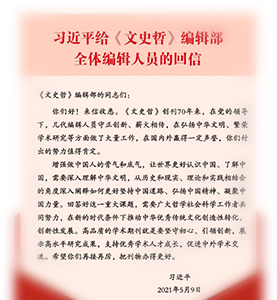秦汉魏晋编户民社会身份的变迁——从“士大夫”到“吏民”
凌文超
秦汉之际,在军功爵制的推行下,“士大夫”多指士、大夫级爵群体,他们是当时基层社会编户民的主体,也是帝国征派赋役的对象。随着秦汉“爵—秩体制”的发展,分赐官、民爵,促使官僚贵族化、吏民同质化。因爵制的变化,尤其是民爵日益轻滥,“士大夫”爵制的意义渐趋消亡。同时,因秩制的发展,秩级分化导致官、吏呈现分途之势,吏员群体内又分化为吏与役两个层次,“役”逐渐成为帝国控制小吏和编户民的主要手段。“吏”与“民”因役而同质化,“吏民”逐渐成为编户民的代名词。
The Changes in Social Identity of People Having Household Registration during the Qin, Han, Wei, and Jin Dynasties: from the Official Class to Suboffical Functionary and Common People
Ling Wenchao
During the Qin and Han Dynasties, with the implementation of the system of granting nobility by military merit, the “official class” included the group with titles from Serviceman to Grand Master, who were the principal part of people having household registration in grassroots society at that time, and the targets of the national taxes and corvée. With the development of the nobility-rank system in the Qin and Han Dynasties, the division of giving official and civil ranks brought the aristocratic bureaucrat and homogenization of suboffical functionary (li) and common people (min). Because of the changes in nobility system, especially the increasingly inundation of civil ranks, the significance of official class on title of nobility died out. Meanwhile, the differentiation of ranks led to separation between officials and suboffical functionary, and there separated two levels of suboffical functionary and service within the group of suboffical functionary. The latter gradually became the main means for the empire controlling suboffical functionary and people having household registration. The subofficial functionary and common people got homogenized because of the service, and “limin” gradually became the synonym of people having household registration.


